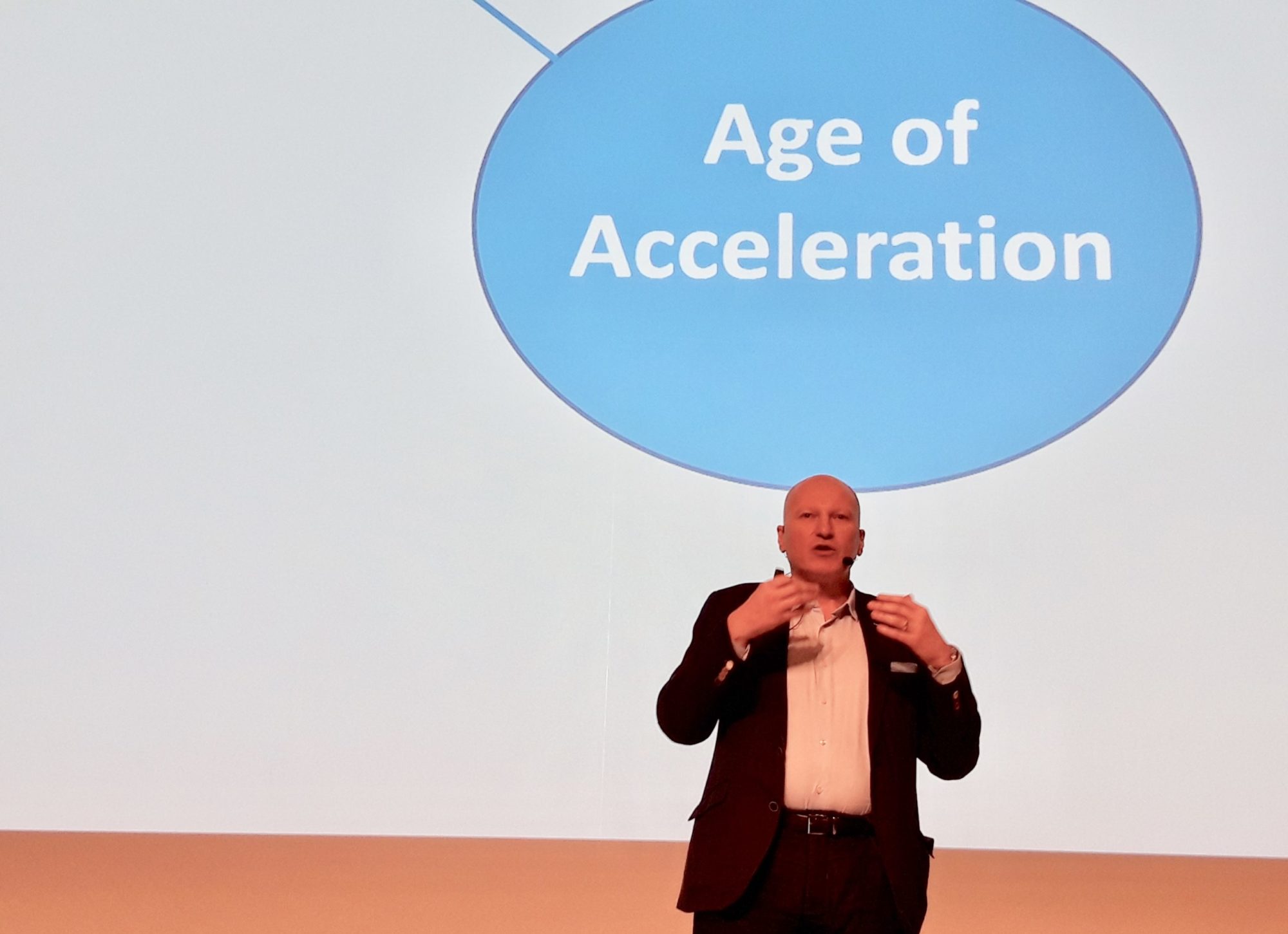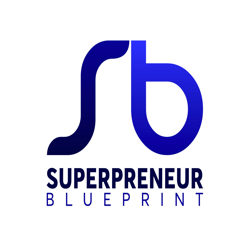Dear Superpreneur,
The below post is published on behalf of the think-tank group of Luxembourg SpaceTech Angels.
Who are the natural stakeholders in a future Space Resource Utilization industry in Luxembourg and internationally?
Luxembourg SpaceTech Angels (LSTA) believes that it would be natural to consider such industries as terrestrial mining, oil and gas and related equipment industries as well as other players including, but not limited to, materials science, manufacturing, additive manufacturing, remote sensing, communications, robotics, data analytics, artificial intelligence as having key roles in building the SRU eco-system.
Stakeholders could be both national and international companies, public entities, private entities, institutional and private investors, different types of R&D organizations, universities.
There is a high potential for value creation from of R&D activities, Spin-in, Spin-out (e.g. 3D printing, robotics, AI) for public and private organizations in Luxembourg. It is important to identify potential cross-over effects in the area between terrestrial mining and space mining and general space technologies.
Which primary competencies do Luxembourg and the current space industry in the country possess which makes it natural to focus on building a future SRU eco-system?
LSTA believes that the needed competencies must include all assets i.e. organizational, financial, know-how, IP, technological, that the stakeholders have at their disposal to carry out value added and profitable activities. The model below shows that the value chain is a function of the market(s) which the stakeholders are targeting. Depending on the available assets and the alignment between these sets of assets and the configuration of suitable activities, different types of business models are formed. Within the frame of the market, or different markets, this makes up the eco-system of different business models.
Sketch of how valuable assets and activities interact in creating a market of different space eco-systems and business models
LSTA is approaching this on the assumption that the market(s), either celestial or terrestrial based, give impetus to formation of different eco-systems with varied characteristics. This could also be seen as the familiar problem of “the chicken and the egg – which comes first” – the market or the eco-system. At the present this seemingly paradoxical problem will not be discussed, but we assume that we need to have a viable market in order for investments to become profitable.
It seems apparent that many stakeholders are striving to develop an appropriate “business paradigm” for their future space resource activities, with reference made to the basic roadmap from the International Academy of Aeronautics’ study (see the link to: https://www.amazon.de/Space-Mineral-Resources-Assessment-Opportunities-ebook)
How can appropriate and viable business models for SRU be developed?
LSTA´s initial approach is to focus on the process of identifying the value drivers in the different domains of the asset and activity side of the model presented above. By utilizing value diagrams to conduct the more detailed value analysis, one can try to identify existing ecosystems, or the need for developing future ecosystems, for desirable markets to emerge. These markets can of course be markets for pure space resources, but they can also be markets for non-space resources, such as supporting technologies enabling the realization of space resource utilization, either in-space or on Earth.
It is important to note that stakeholders can be active in the space resources market, or in different space markets, with different business models depending on the characteristics of the eco-system and the corresponding combination of specific portfolios of assets and activities needed to create positive return on investments.
The conclusions from the IAA study referred to above, regarding basic roadmap, indicates that the future players should try to assess the status of emerging markets for space resource utilization as well as to which degree the stakeholders are ready to enter or support these markets, be it at Earth or in space.
In that respect, LSTA proposes to assess the following elements:
- Type of existing markets, and what kind of markets can emerge
- Time to market
- Market size
- Added Value/ROI
- Job creation
- Investments to enable the market(s) formation
It can be challenging to assess the size of these markets since the required data is difficult to get hold of, or the available data might be of poor quality. LSTA suggests to develop different scenarios and apply different forecasting techniques. This can allow to incorporate the above elements as well as additional factors to build different market scenarios which can serve as a basis for future policy making related to building a viable SRU eco-system.
In this respect we will be following the Luxembourg Spaceresource.lu program (see link to http://www.spaceresources.public.lu/en.html) with great excitement as Luxembourg embark on its future endeavor to develop the space resources industry.
This article is a result of discussions and thoughts within the think-tank group of Luxembourg Space-Tech Angels. We encourage anyone who have comments and opinions to this article to express his or her view, and we will surely incorporate this into our further thought process.
Please circulate this to persons whom you think would be interested in the topic and to persons whom would be willing to contribute with their views in order to develop these thoughts further. If you are interested in becoming a member of Luxembourg SpaceTech Angels we encourage you to visit our site; www.meetup.com/Luxembourg-SpaceTech-Angels


